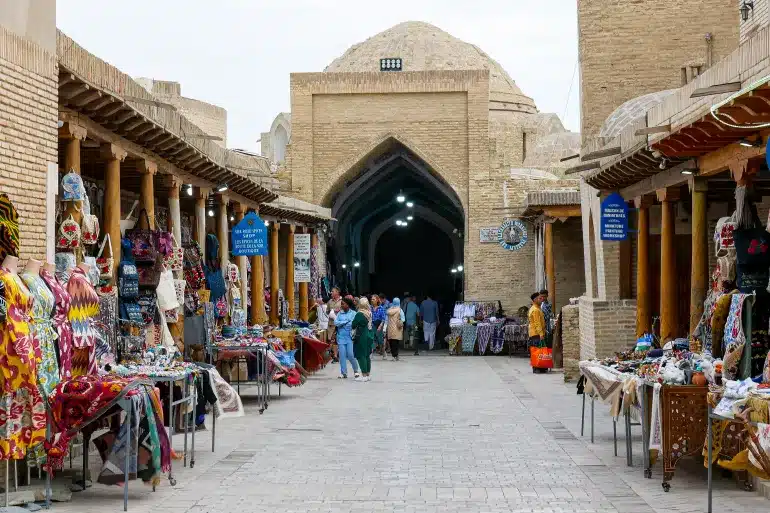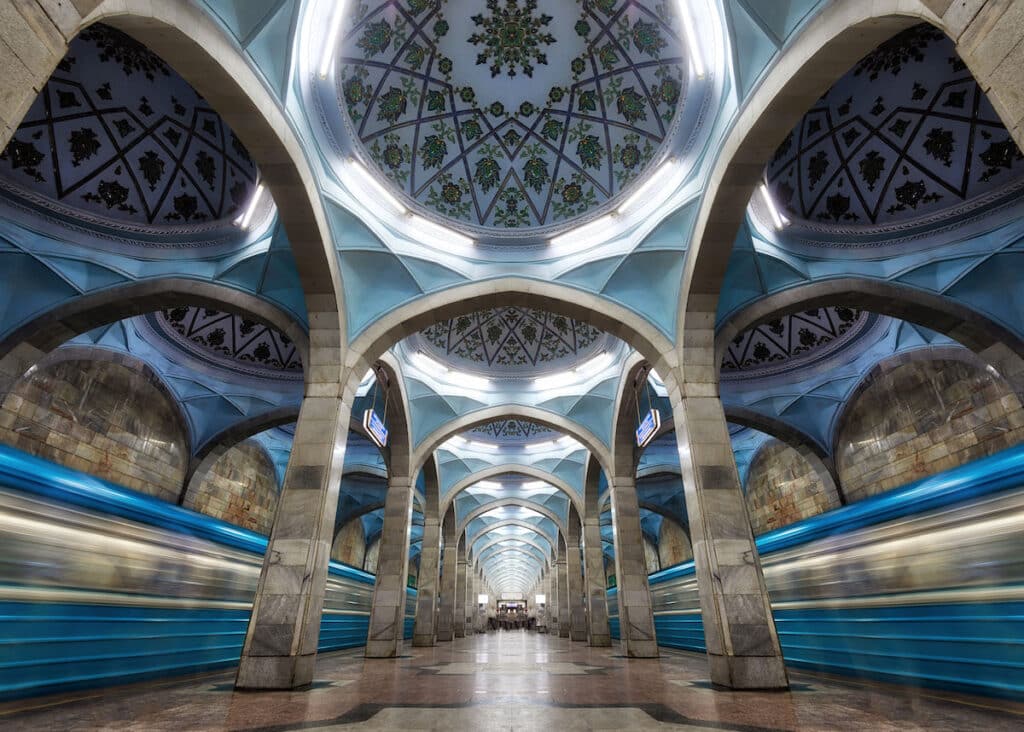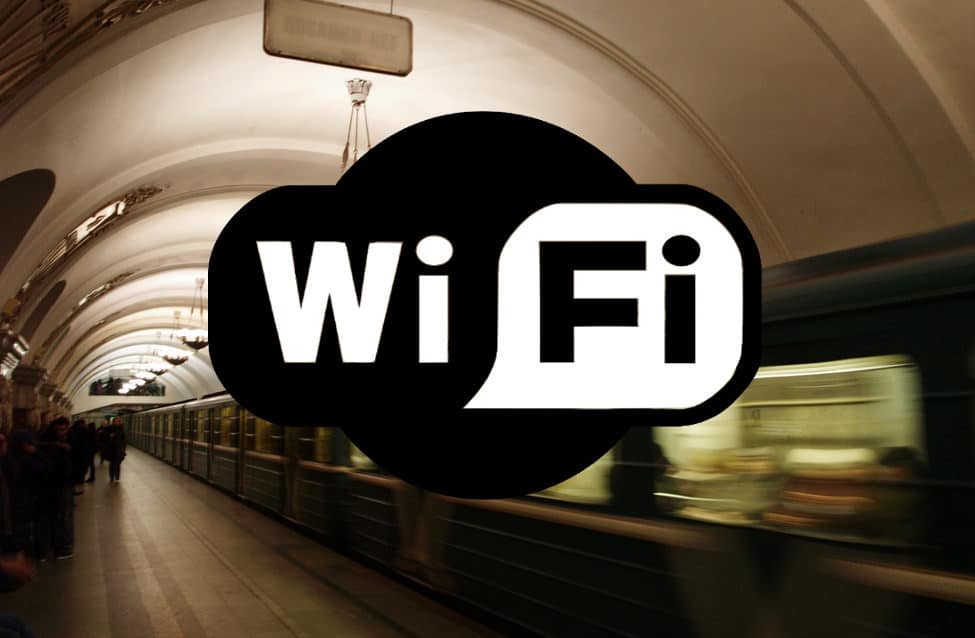
Travelling to Uzbekistan is becoming increasingly convenient, especially when it comes to payments. Whether you are exploring the bustling bazaars (local markets) of Tashkent, riding a taxi in Samarkand, or buying souvenirs in Bukhara’s Old City, you will find a growing number of cashless options alongside traditional cash payments. Here is a breakdown of how you can pay for everything during your trip to Uzbekistan.
Cards Are Widely Accepted But Not Everywhere
Visa and Mastercard are accepted in most mid- to high-end restaurants, shopping malls, supermarkets and hotels across major cities. Revolut cards are also accepted at some spots in cities like Tashkent, Samarkand and Bukhara. Some souvenir shops and modern cafes also support card payments. However, small vendors, market stalls and family-run eateries often accept only cash or local mobile payment apps.
Tip: Notify your bank in advance of your travel to avoid blocked card transactions. Bring a card that doesn’t charge high international fees.
Uzbek Soums: Cash Is Still King in Many Places
Cash in Uzbek soums (UZS) is essential, especially in smaller cities and rural areas. You’ll need cash for:
- Traditional markets and street food
- Taxi rides hailed on the street
- Entrance fees at some museums or historical sites
- Small cafes and teahouses
- Public toilets and minor services

ATMs are easy to find in cities like Tashkent, Samarkand and Bukhara, especially near banks, hotels and shopping centres. Many ATMs offer the option to withdraw in local currency using international cards. However, ATM’s do not withdraw foreign currencies.
To exchange your UZS to USD you will need to visit a bank with your passport. To exchange USD to UZS via ATMs look for ones that have a noticeble yellow round emblem with «AvtoVASH» printed on them. The maximum withdrawal limit on most ATMs in Uzbekistan is 3,000,000 UZS ($238.5).
Local Taxi Apps vs. Street Hails
In cities, tourists are encouraged to use ride-hailing apps like Yandex Go or MyTaxi. They work similarly to Uber and allow for card payments or cash depending on your choice. These apps support English language and have fixed pricing. They are available in Tashkent, Samarkand, Bukhara, Khiva and some other bigger cities around Uzbekistan.
Hailing a taxi on the street is common in regions, but be prepared to negotiate prices beforehand and pay in cash. Around markets and railway stations drivers have fixed prices and fixed destinations but you will have to wait until they gather 4 clients in total. There are also taxis near the airport, however calling a cab via an app is preferable for your wallet.
Public Transport: Metro and Buses

Tashkent’s metro system is affordable, efficient, and easy to use. You can buy a reusable ATTO transport card near some metro stations if you are planning to stay for over a month. Using contactless bank cards directly at the gates is a better option for tourists. A single ride costs around 1,700 UZS (about $0.14). Public buses and trams also accept ATTO cards and bank cards. Though some drivers in regional cities may still collect fares in cash.
Although there is a variety of local payment apps available, they can only be used by owners of local phone and card numbers. Tourists are advised to pay via cash or terminal. Also, payment apps like Wise, Monese and Curve also work in Uzbekistan.
Shopping and Souvenirs
In large malls and brand-name stores, card payments are standard. In traditional markets like Chorsu Bazaar or Siyob Bazaar, it is almost exclusively cash. Souvenir shops in tourist-heavy areas often accept both cash and card, but it is wise to clarify at the cashier’s.
Bargaining is common in markets, and cash gives you more flexibility. Bargaining is a part of Uzbekistan’s culture, so never be shy to ask for a lower price at markets. Almost every time you are guaranteed to buy things for cheaper this way. Start with asking for half of the said price and you will buy with a 20-30% discount. But note that there is no bargaining at malls and shops.
Internet Access and Currency Rates

Free Wi-Fi is available in most hotels and cafes, as well as at the metro stations. This allows you to check exchange rates and other important information almost everywhere (in Tashkent). Currency exchange offices are widespread and offer better rates than airports. Recently, 13 banks started operating on weekends in addition to regular days for extra convenience.
Kursiv posts daily updates on currency rates including best offers for exchanging foreign currencies to UZS.
Final Tips
- Carry a mix of cash and a working bank card (Visa, Mastercard, Revolut).
- Have small denominations (5,000 to 10,000 UZS) for local purchases.
- It is advised to have at least an equivalent to $200 dollars in cash.
- Do not rely solely on cards outside major cities.
- Always be careful on where you keep your money and dont forget your wallet on the streets.
- There is no tipping culture. But if you like the service no one is going to stop you.
With a bit of planning, navigating payments in Uzbekistan is simple and tourist-friendly, giving you more time to enjoy its stunning architecture, warm hospitality and vibrant bazaars.

